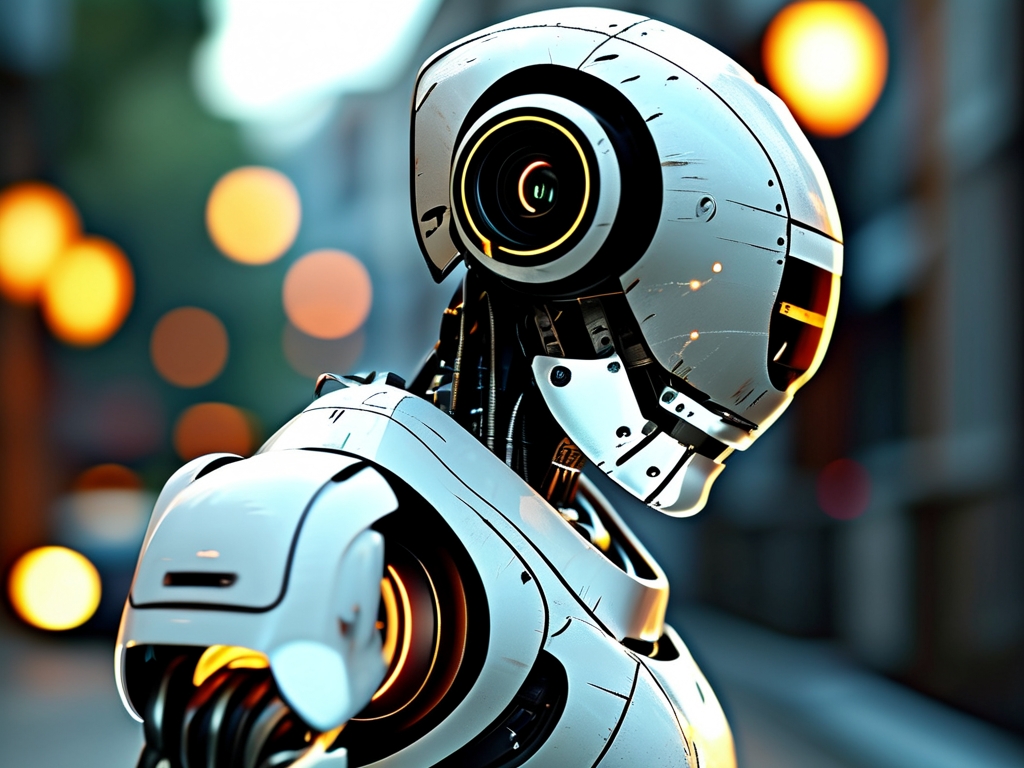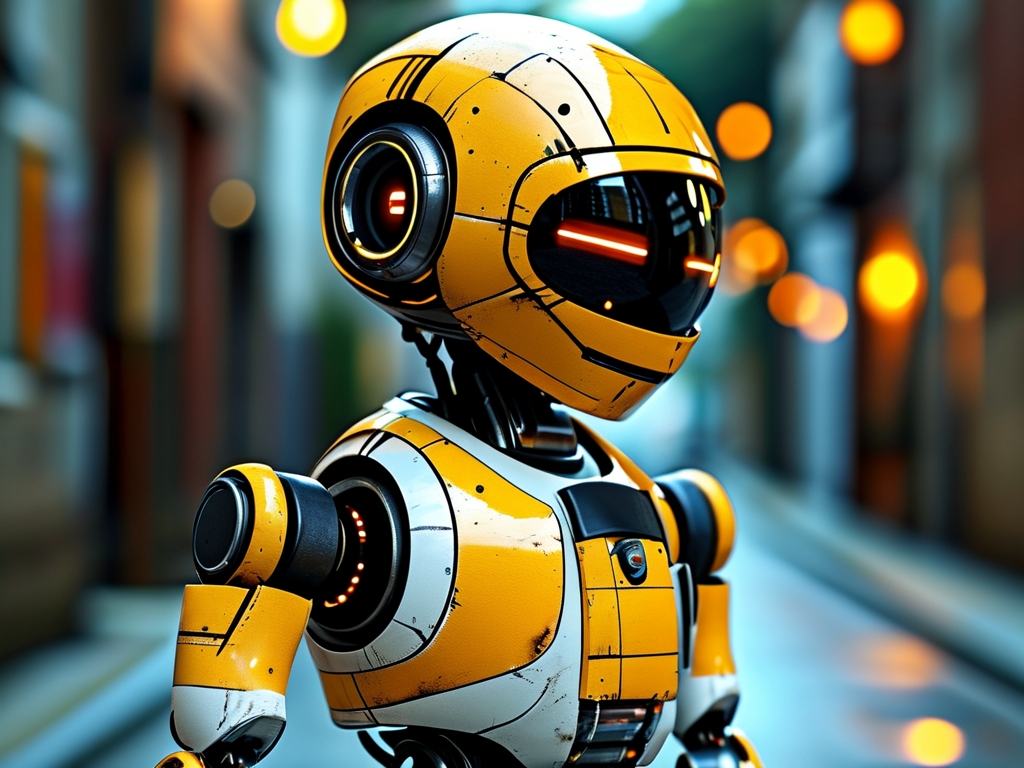The rapid evolution of robotics has transformed industries ranging from manufacturing to healthcare. At the heart of this revolution lie several foundational technologies that enable robots to perceive, decide, and act with increasing autonomy. This article explores six critical technological pillars driving modern robotics, their applications, and future trends.

1. Sensing and Perception Systems
Robots rely on advanced sensors to interact with their environment. LiDAR (Light Detection and Ranging) creates 3D maps for navigation in autonomous vehicles, while tactile sensors allow robotic arms to adjust grip strength in manufacturing. Computer vision, powered by convolutional neural networks (CNNs), enables object recognition in real time. For instance, Amazon's warehouse robots use RGB-D cameras to identify packages with 99.9% accuracy. Emerging technologies like event-based vision sensors mimic biological retinas, reducing latency and power consumption.
2. Artificial Intelligence and Machine Learning
Modern robots employ reinforcement learning to optimize tasks through trial and error. Boston Dynamics' Spot robot uses deep learning to adapt its gait to uneven terrain. Natural Language Processing (NLP) allows collaborative robots (cobots) like Toyota's HSR-2 to understand verbal instructions. Edge AI integration now enables real-time decision-making without cloud dependency—critical for surgical robots where milliseconds matter.

3. Actuation and Mobility Mechanisms
Hydraulic actuators dominate heavy-lifting applications (e.g., construction robots), while piezoelectric actuators enable nanoscale precision in semiconductor manufacturing. In mobility, Boston Dynamics' Atlas humanoid robot demonstrates dynamic balance through model predictive control algorithms. Swarm robotics, seen in drone light shows, uses decentralized control systems inspired by insect colonies.
4. Human-Robot Interaction (HRI)
Advances in haptic feedback allow surgeons to "feel" tissue resistance during robotic-assisted operations. Emotion AI, integrated into service robots like SoftBank's Pepper, analyzes facial expressions and voice tones to improve customer interactions. Ethical AI frameworks are being developed to ensure transparent decision-making in socially assistive robots.
5. Energy and Power Management
Lithium-sulfur batteries are extending the runtime of search-and-rescue robots by 40%. Wireless charging systems, such as WiBotic's adaptive platforms, enable autonomous replenishment for warehouse fleets. Energy-harvesting techniques—like piezoelectric shoe inserts in Honda's Asimo—convert kinetic motion into electricity.
6. Networked Robotics and 5G
The integration of 5G reduces latency in industrial IoT systems to 1ms, enabling synchronized multi-robot assembly lines. Cloud robotics platforms like Rapyuta allow low-cost robots to offload computation. However, this raises cybersecurity challenges—blockchain-based solutions are now being implemented to secure robotic networks.
Challenges and Future Directions
Current limitations include energy density bottlenecks and explainability gaps in AI decisions. The next frontier involves quantum computing for complex path planning and neuromorphic chips that emulate brain structures. MIT's recent development of "liquid" neural networks shows promise for adaptable robotic control.
As these technologies converge, we approach a paradigm shift where robots will collaborate with humans as intelligent partners rather than mere tools. From precision agriculture to interstellar exploration, the mastery of these core technologies will define the next era of robotic innovation.

